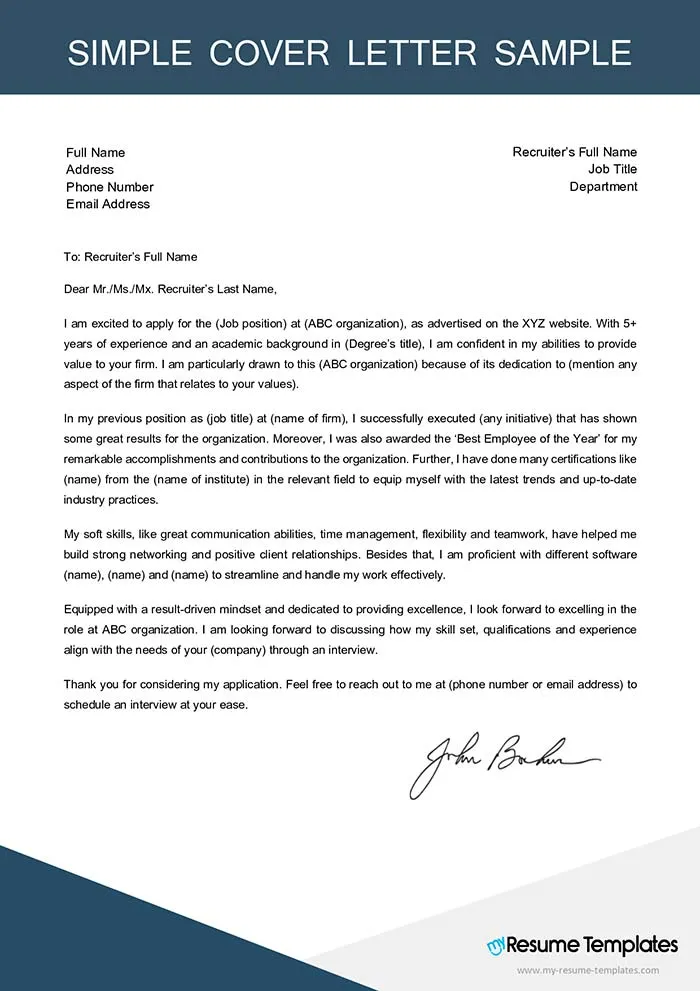What is a Simple Cover Letter
A simple cover letter is a concise and focused document that accompanies your resume when applying for a job. Its primary purpose is to introduce you to a potential employer, highlight your key skills and experiences, and express your interest in the specific position. Unlike a complex or lengthy cover letter, a simple one aims to be direct, easy to read, and immediately capture the hiring manager’s attention. It’s a brief snapshot of your qualifications and a way to demonstrate your understanding of the job requirements and company culture. A well-crafted simple cover letter can significantly increase your chances of getting noticed and securing an interview. In today’s fast-paced job market, brevity and clarity are often highly valued, making a simple cover letter a powerful tool in your job search arsenal. It allows you to make a strong first impression and encourage the reader to delve deeper into your resume.
Key Elements of a Simple Cover Letter
A simple cover letter, while concise, must include several key elements to be effective. These elements work together to present you as a suitable candidate. Each element plays a crucial role in communicating your value to the employer and encouraging them to consider your application further. Omitting any of these components can weaken the impact of your cover letter and potentially decrease your chances of moving forward in the hiring process. A well-structured simple cover letter is an art, balancing necessary details with brevity. When executed, these elements will help your application stand out from the competition and give you a greater chance of getting an interview. They will also highlight your professionalism, attention to detail, and genuine interest in the position.
Contact Information
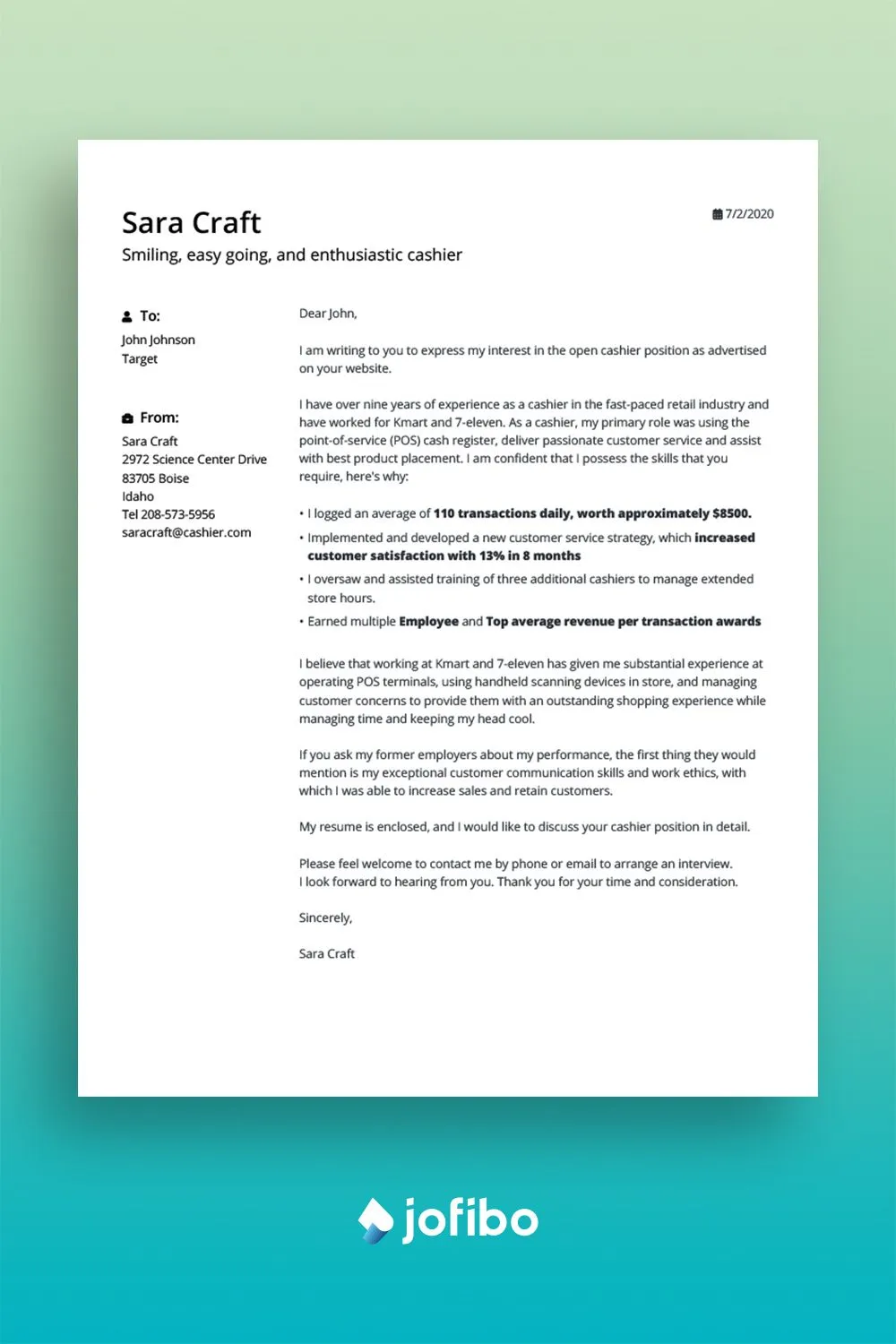
Your contact information should be at the top of the cover letter, typically left-aligned. Include your full name, phone number, email address, and optionally, your LinkedIn profile URL. This makes it easy for the hiring manager to contact you. Make sure that the phone number and email address you provide are current and professional. Consider using a professional-sounding email address if you don’t already have one. If using LinkedIn, ensure your profile is up-to-date and reflects your skills and experience. It’s important to keep your contact information clear, legible, and easy to access, as this is the first thing the reader sees and needs to be able to reach you quickly if they are interested in your profile.
The Greeting
Address the hiring manager or the specific person listed in the job posting whenever possible. If a name isn’t available, use a professional greeting such as “Dear Hiring Manager.” Avoid generic greetings like “To Whom It May Concern.” Personalizing the greeting shows you’ve taken the time to research the company and the role. If you are unsure who to address the letter to, a quick search on LinkedIn or the company website can often reveal the name of the hiring manager or the relevant contact person. This personalized approach adds a personal touch, setting a positive tone from the start and demonstrating your initiative.
Body Paragraphs
The body of your cover letter should consist of a few concise paragraphs. This section is where you highlight your skills, experience, and enthusiasm for the role. Each paragraph should focus on a specific point, making it easy for the reader to follow your train of thought. The most effective cover letters open with a strong statement of your interest and briefly summarize your qualifications. Then, use one or two paragraphs to elaborate on how your skills and experience align with the job requirements. Finally, end with a call to action and a statement of your intent to follow up. Maintain a professional and engaging tone throughout the body paragraphs, and be sure to tailor your content to each job application. The goal is to give the reader a clear understanding of why you are a good fit for the role and what you can bring to the company.
Highlight Your Skills and Experience
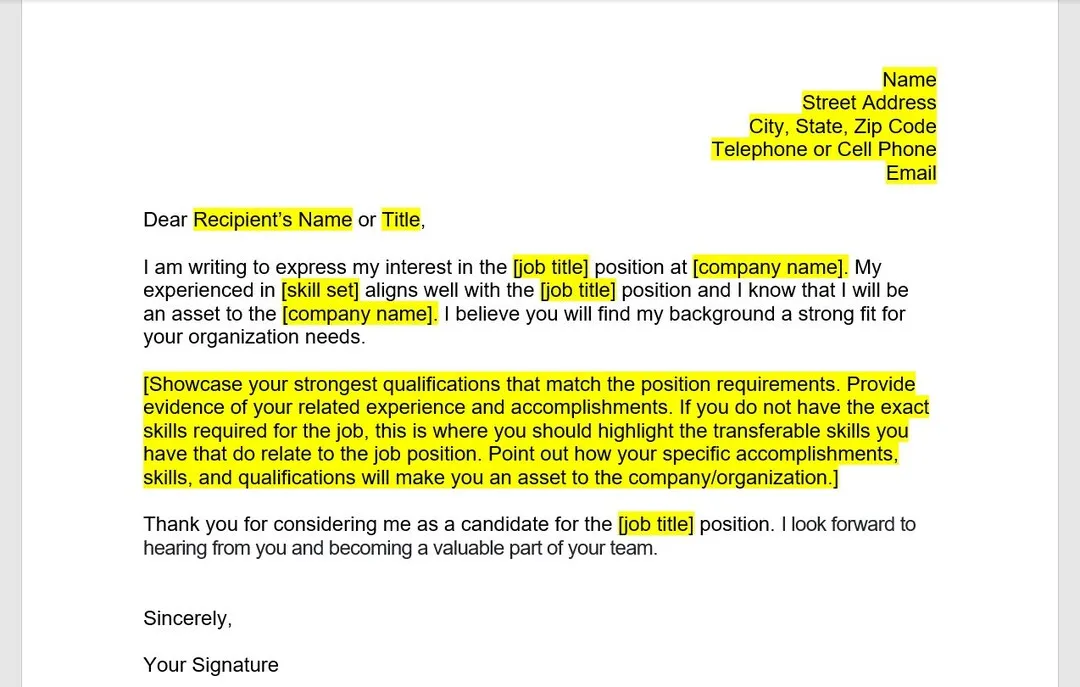
Select a few key skills and experiences that are most relevant to the job description. Use concrete examples to demonstrate how you’ve applied these skills in the past. Quantify your achievements whenever possible. For instance, instead of saying “Managed social media,” state “Increased social media engagement by 30% in six months.” This provides tangible evidence of your abilities and makes your claims more credible. Consider using the STAR method (Situation, Task, Action, Result) to structure your examples. This will help you articulate your accomplishments in a clear and concise manner. Focus on the experiences and skills that set you apart and align with the job requirements, helping you to quickly capture the hiring manager’s attention and show them you’re the right candidate.
Showcase Your Enthusiasm and Fit
Express your genuine interest in the position and the company. Briefly explain why you are excited about this specific opportunity. Show that you’ve researched the company and understand their mission and values. Demonstrating this level of insight indicates your serious interest and initiative. When highlighting your fit, mention how your values align with the company’s culture. You might also point out how you see yourself contributing to the company’s goals. A well-crafted explanation of your fit will resonate with the hiring manager, signaling that you are not just looking for a job but are seeking a place where you can grow and make a difference.
Call to Action
Conclude your cover letter with a clear call to action. State that you look forward to the opportunity to discuss your qualifications further. Thank the reader for their time and consideration. It is a professional gesture that reinforces your interest and shows respect for the reader. You can also mention your availability for an interview. Avoid passive language and be direct in your expression of interest. This proactive approach will leave a lasting impression and increase the likelihood of a positive response. It’s important to end on a confident note, reiterating your enthusiasm for the position and your eagerness to move forward in the hiring process.
Closing and Signature
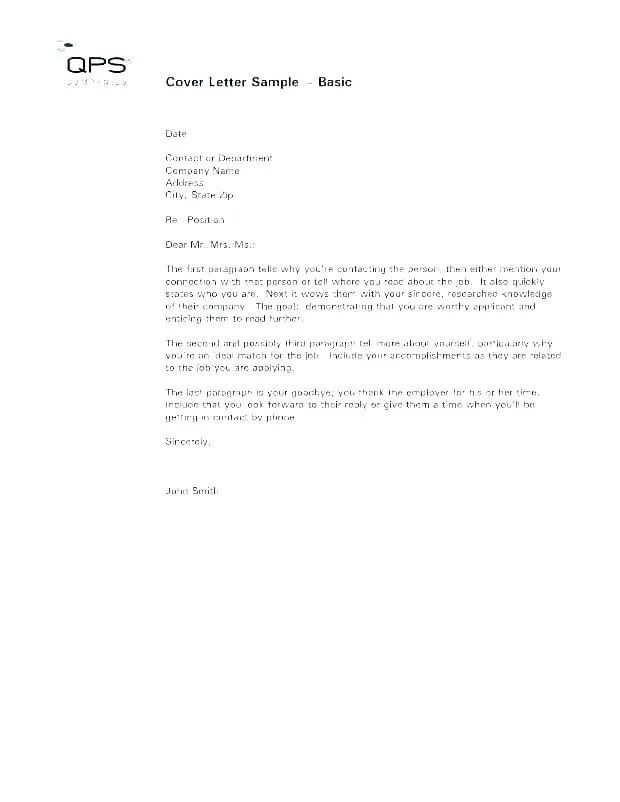
Use a professional closing such as “Sincerely” or “Best regards” followed by your typed name. If submitting a physical letter, leave space for your handwritten signature above your typed name. Make sure the closing reflects the overall tone of your letter and maintains a professional standard. After your name, you can include your professional title or any relevant designations. This helps to provide context and credibility to your application. This final element offers a polished finish to your cover letter and reinforces your professional image.
How to Tailor Your Simple Cover Letter
The key to a successful simple cover letter is tailoring it to each job you apply for. Generic cover letters are easily spotted by hiring managers and often end up in the rejection pile. Spend time customizing your letter to match the specific requirements and the culture of the company. This is what differentiates you from other applicants. It shows that you’ve taken the time to research the role and that you are truly interested in the opportunity.
Research the Company
Before writing your cover letter, research the company and the specific role. Understand the company’s mission, values, and recent projects. This information helps you to tailor your letter and show that you are a good fit. Review the job description carefully to identify the key skills and qualifications the employer is seeking. Visit the company’s website, read their “About Us” section, and check their social media profiles. This will give you insights into the company culture and the language they use. Understanding their specific needs will help you highlight the relevant experience and skills, making your application more compelling and tailored to the job.
Match Your Skills to the Job Description
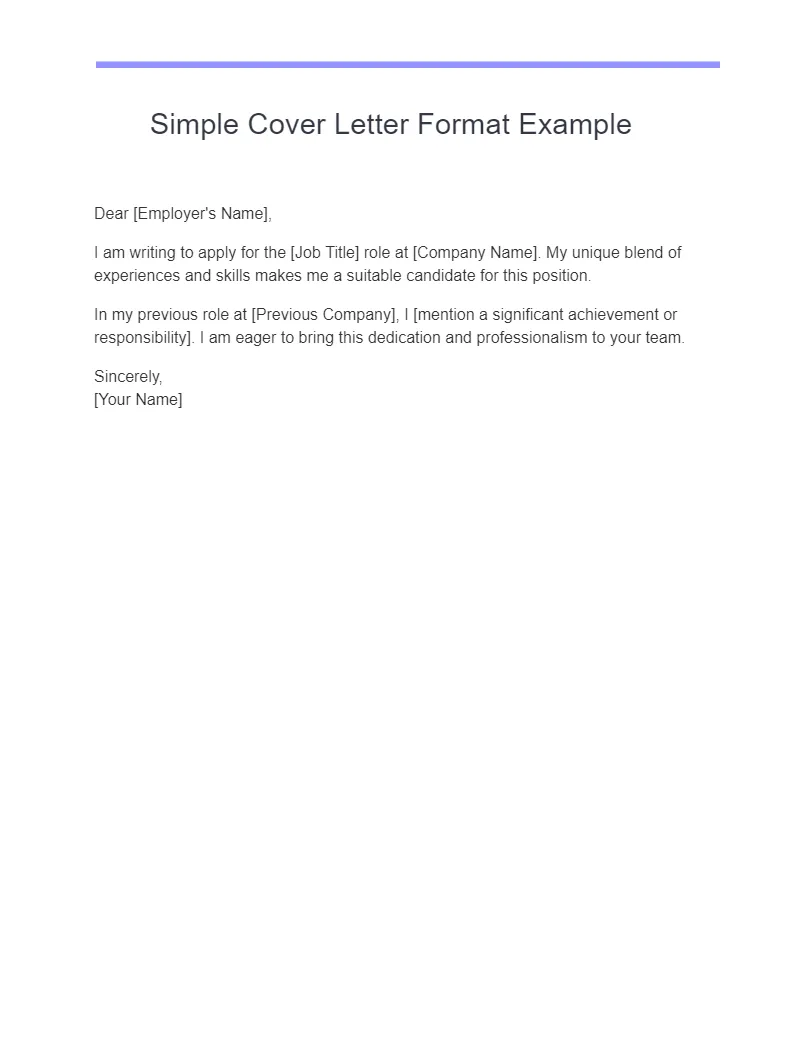
Carefully analyze the job description and identify the keywords and skills that the employer is looking for. Then, in your cover letter, highlight the skills and experiences that match these requirements. Use the same language that the employer uses in the job description. This shows that you understand the role and that you possess the qualifications needed to succeed. When matching your skills, consider using examples from your past experiences to illustrate your abilities. Tailoring your cover letter this way greatly increases the chances of catching the hiring manager’s eye and moving forward in the hiring process.
Use Keywords
Incorporate relevant keywords from the job description into your cover letter. Many companies use Applicant Tracking Systems (ATS) to scan resumes and cover letters for keywords. By including the right keywords, you increase the likelihood that your application will be seen by a human. Don’t overuse keywords or stuff them unnaturally into your text. Integrate them seamlessly into your sentences, ensuring that your cover letter flows well and reads naturally. Prioritize the keywords that reflect the most important skills and requirements listed in the job description. This strategic use of keywords can significantly improve your application’s visibility and make a strong first impression.
Simple Cover Letter Examples
Reviewing examples of simple cover letters can help you understand the structure and content that works best. Consider your industry and the specific role when choosing a template or sample to follow. Adapt examples to fit your own skills and experience. These examples serve as a good starting point, allowing you to customize and create a letter that effectively showcases your qualifications. Tailoring these examples to your specific needs will increase your chances of creating a professional cover letter.
Example 1 Entry-Level Position
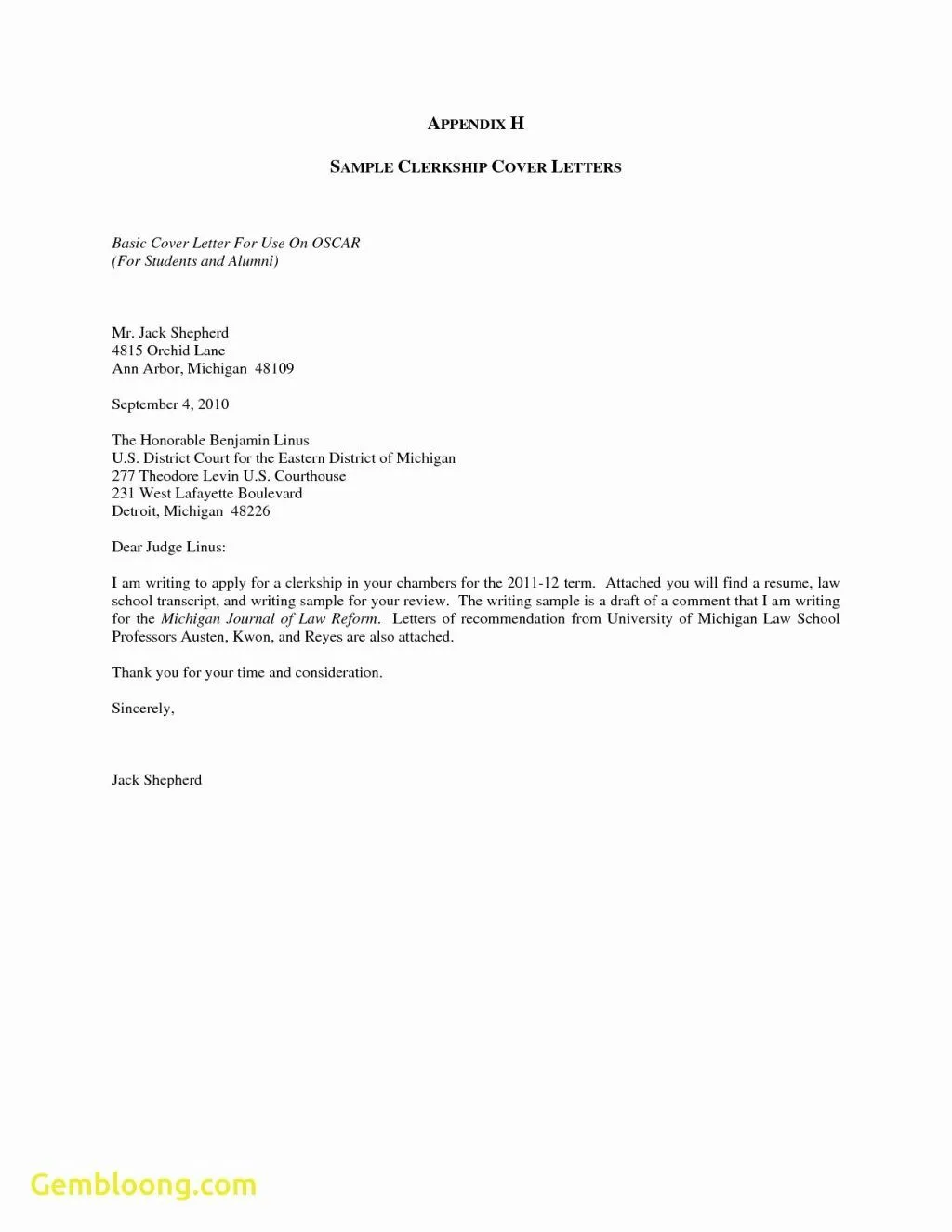
For entry-level positions, focus on your skills, education, and any relevant internships or volunteer work. Highlight your eagerness to learn and contribute. Show that you have the basic skills necessary to excel in the role, even if you lack extensive work experience. Emphasize any projects, coursework, or extracurricular activities that demonstrate your ability to work effectively and your capacity to adapt and learn. This example shows you a template to get started.
Example 2 Career Change
If you’re changing careers, focus on transferable skills and experiences. Explain why you are making a career change and what interests you about the new field. Highlight the skills you have that are applicable to the new role, even if they were gained in a different industry. Your cover letter should demonstrate your commitment to the new field and your ability to make a successful transition. Clearly articulate your transferable skills. Demonstrate your passion for the new role and your understanding of the required qualifications.
Example 3 Internship Application
Internship applications should emphasize your educational background, skills, and any relevant projects. Showcase your enthusiasm for the internship and explain why you’re interested in the specific company. Demonstrate your willingness to learn and contribute. Highlight any skills you’ve acquired through your education or previous experiences. Include any relevant coursework, projects, or extracurricular activities. Express your eagerness to gain practical experience and apply your knowledge in a professional setting.
Simple Cover Letter Formatting Tips
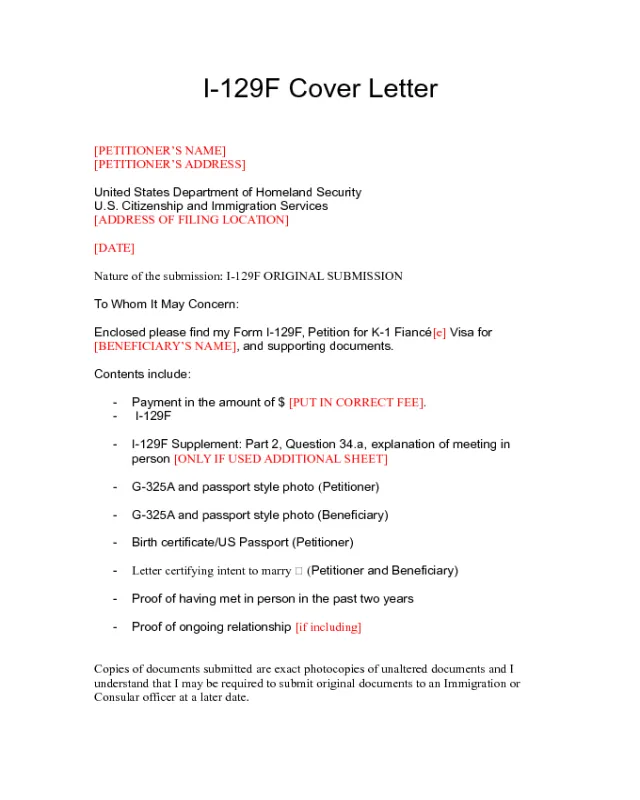
Formatting your cover letter correctly is crucial for creating a professional impression. The appearance of your cover letter can significantly impact how the hiring manager perceives you. Adhering to basic formatting guidelines will ensure your letter is readable and easy to understand. It will also show that you pay attention to detail and that you are serious about the application process.
Font and Font Size
Use a professional and easy-to-read font such as Times New Roman, Arial, or Calibri. Ensure the font size is between 10 and 12 points for readability. Avoid using overly fancy or decorative fonts, as these can be difficult to read and detract from your message. Make sure the font is consistent throughout the document. Proper font selection and sizing make your cover letter look polished and professional, highlighting the content rather than distracting the reader.
Margins and Spacing
Set standard margins of 1 inch on all sides of your cover letter. Use single spacing for the body of your letter, with a blank line between paragraphs. This formatting will create a clean, uncluttered look that is easy on the eyes. Proper spacing and margins prevent the letter from appearing cramped and make it easier for the reader to digest the information. Make sure to maintain a consistent format throughout your cover letter to maintain a professional appearance.
Proofreading and Editing
Always proofread your cover letter carefully before submitting it. Check for any grammatical errors, spelling mistakes, and typos. Ask a friend or family member to read it over as a second pair of eyes. Ensure that the formatting is consistent and that your contact information is correct. Proofreading is a vital step in the cover letter writing process, as errors can undermine your credibility. Attention to detail is key. Correct any errors, and make sure your writing is clear and concise. A polished and error-free cover letter will make a positive impression on the hiring manager.
